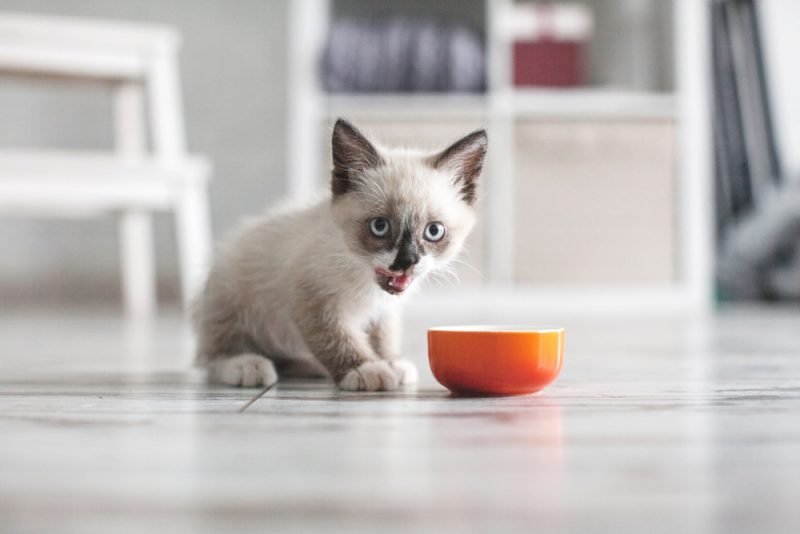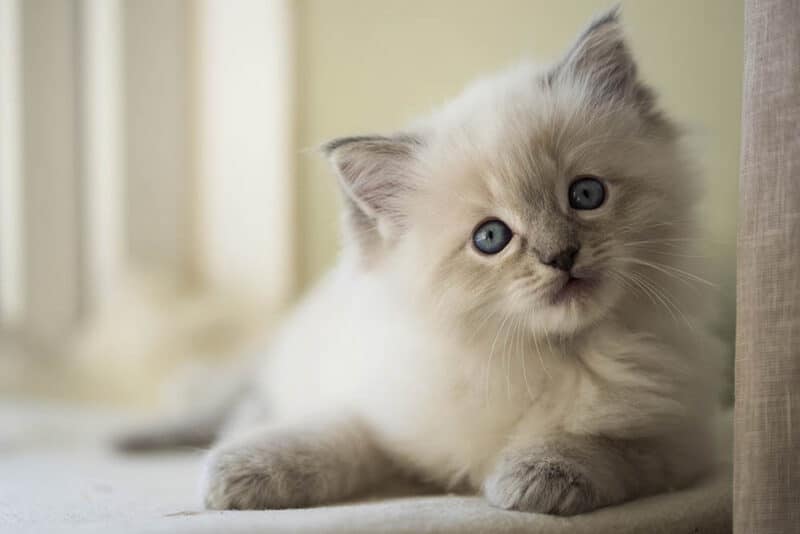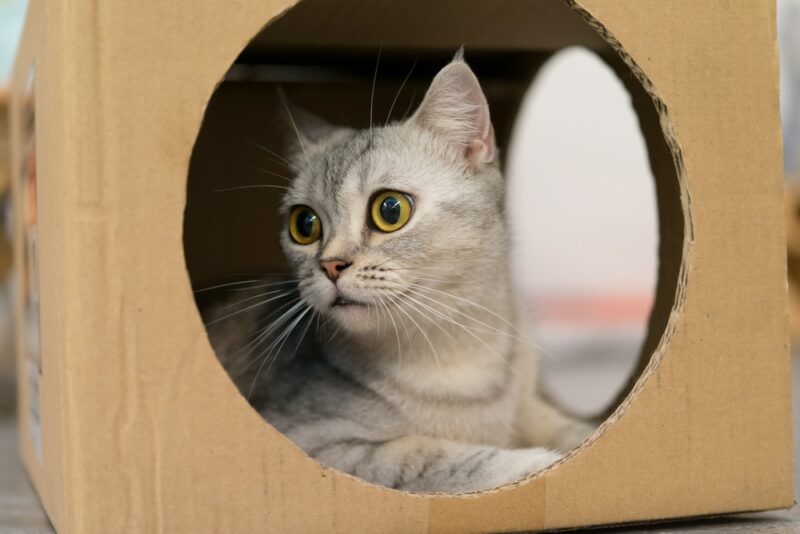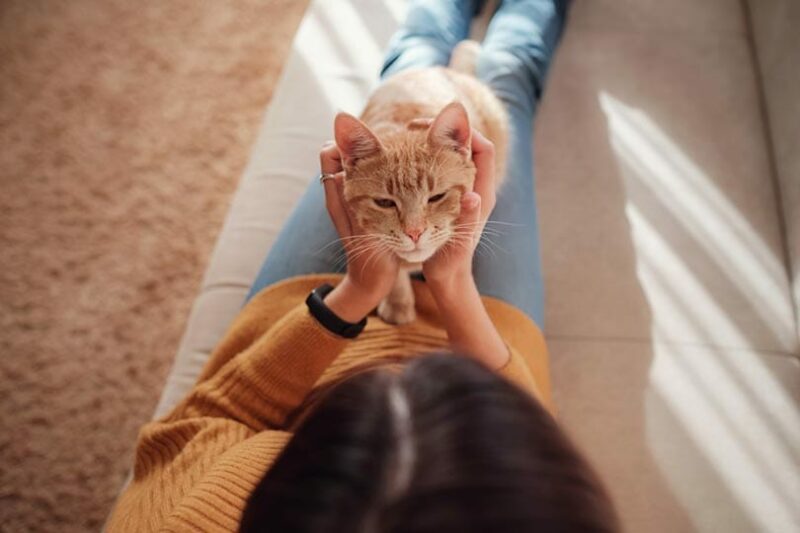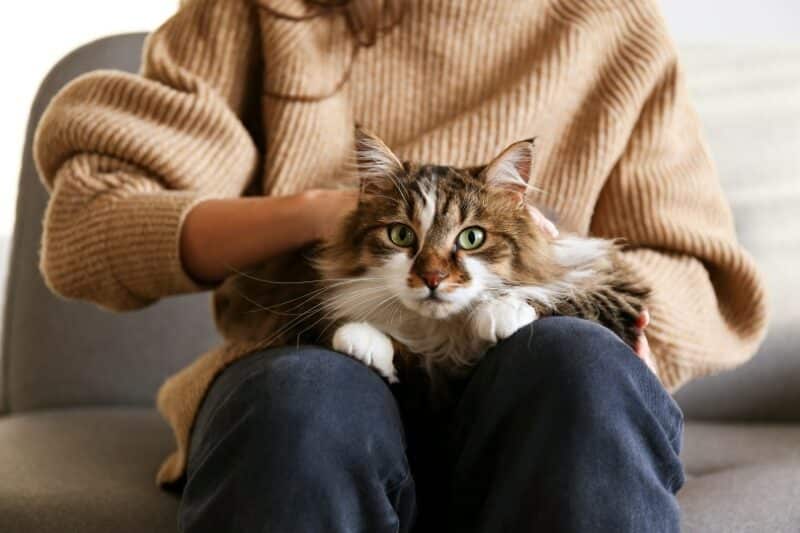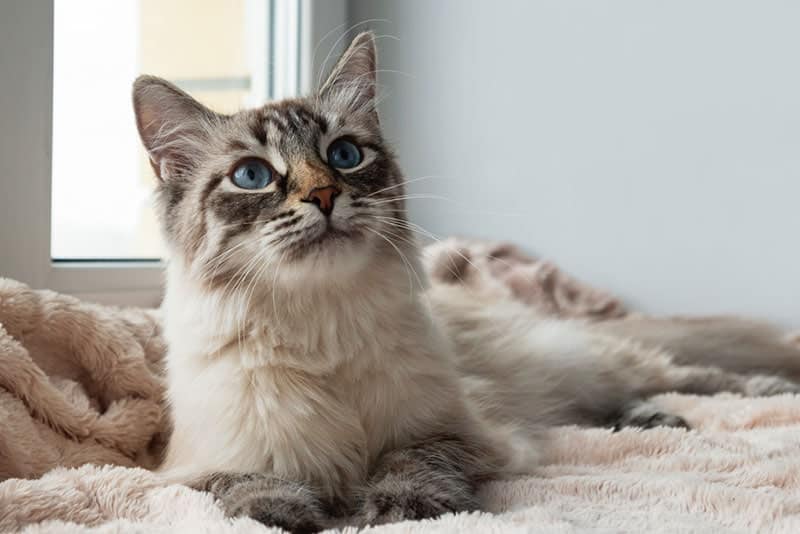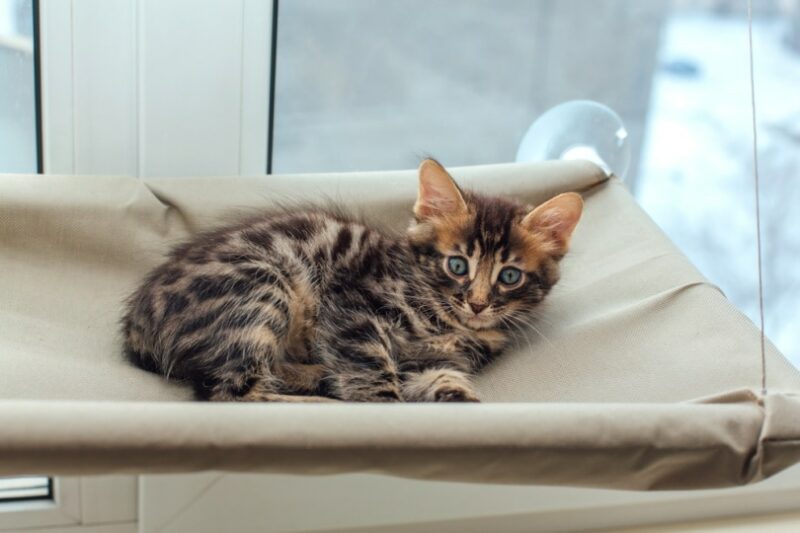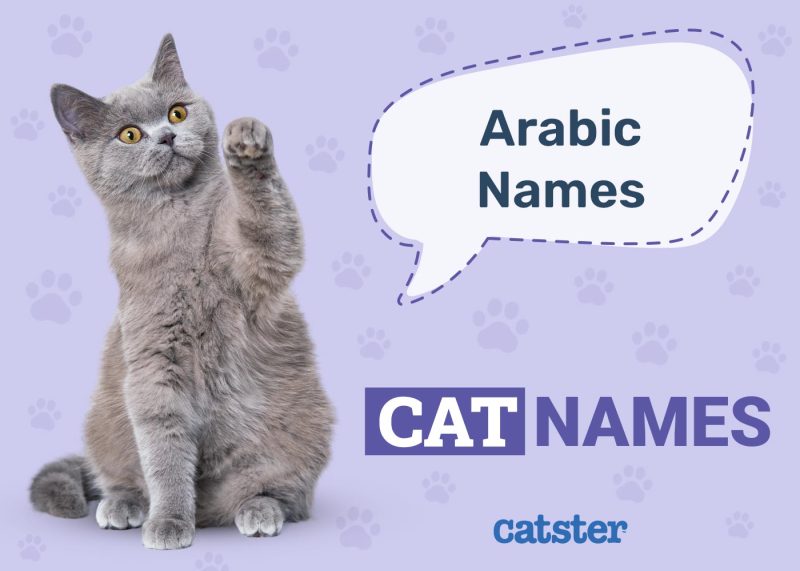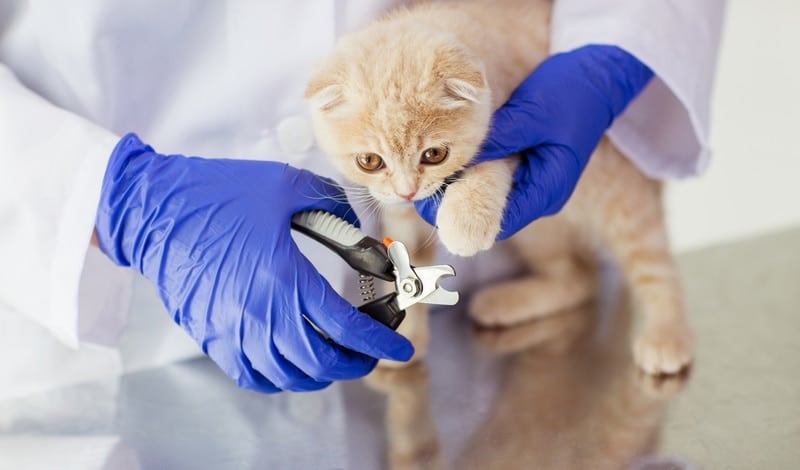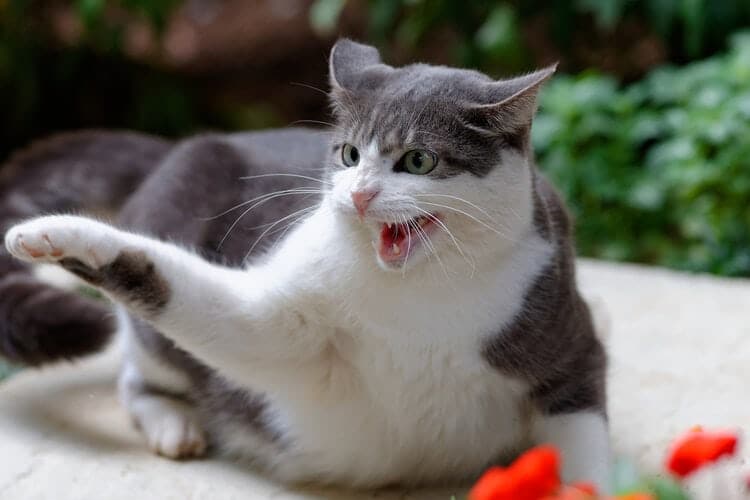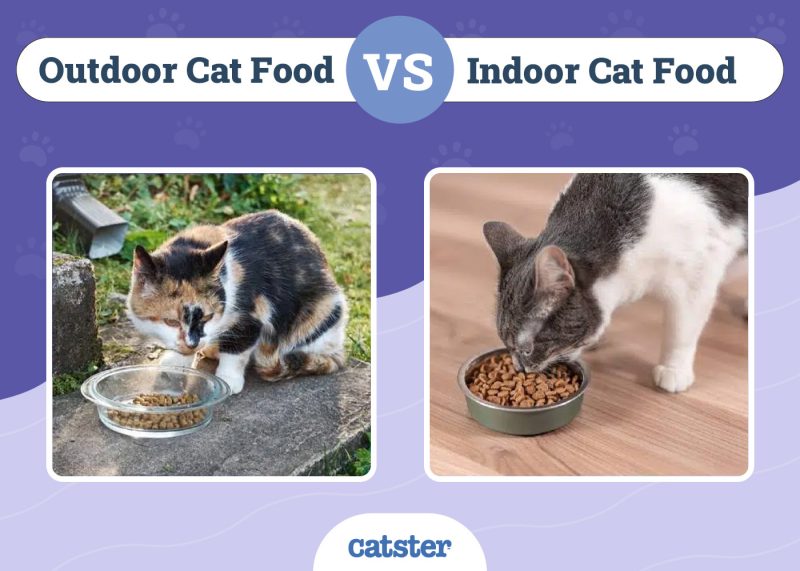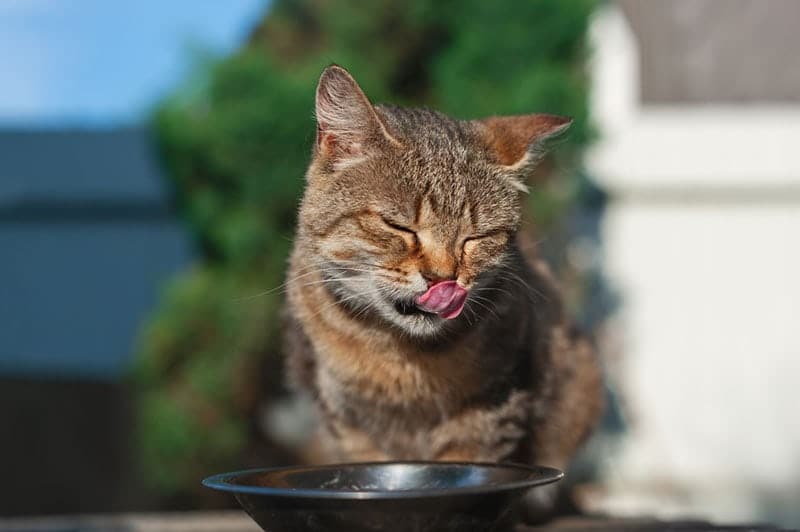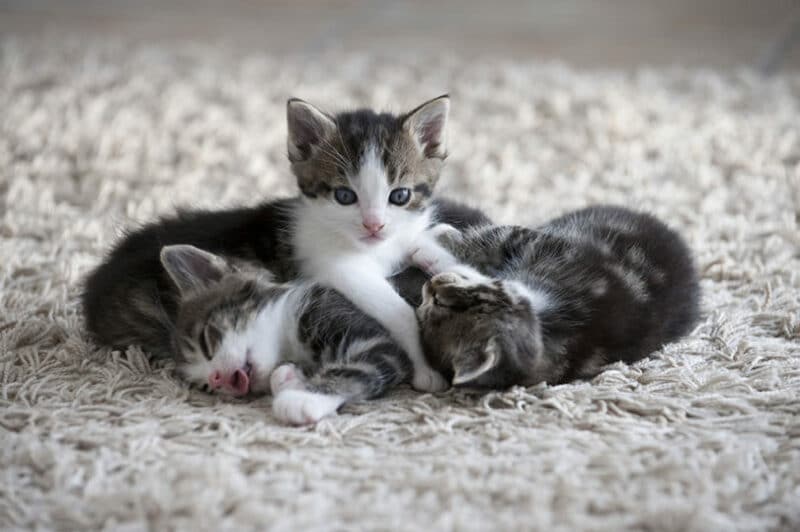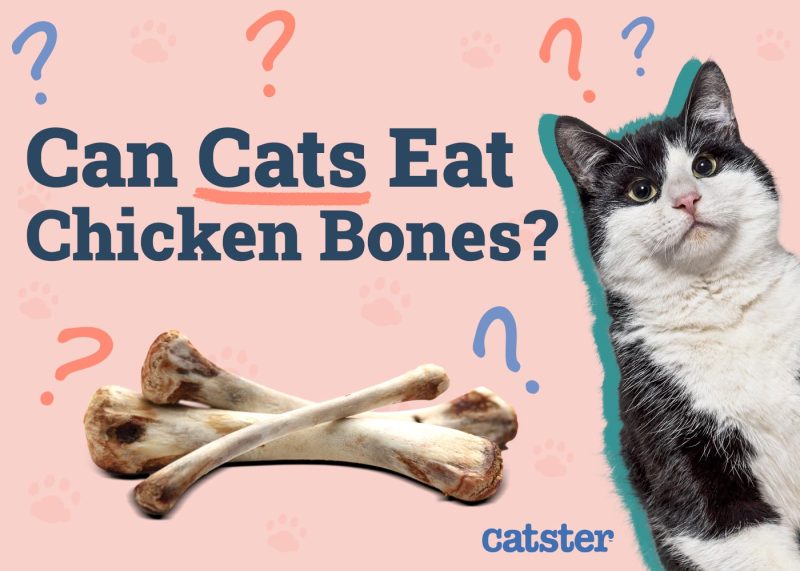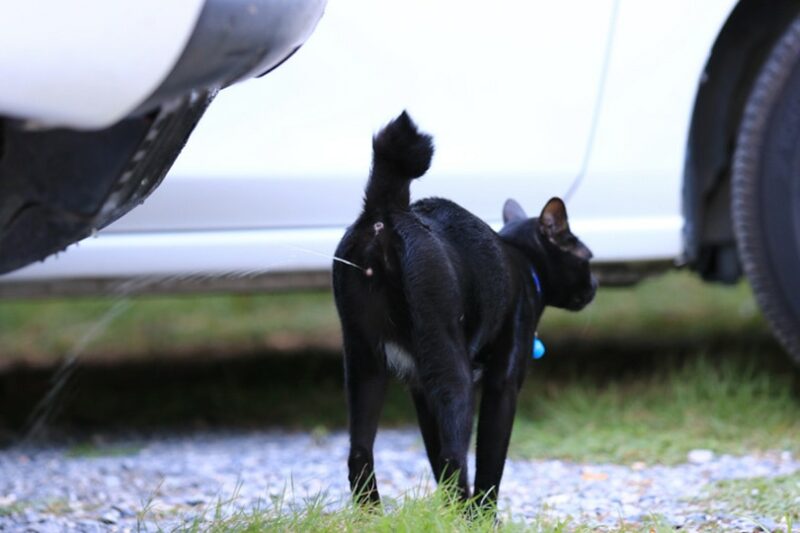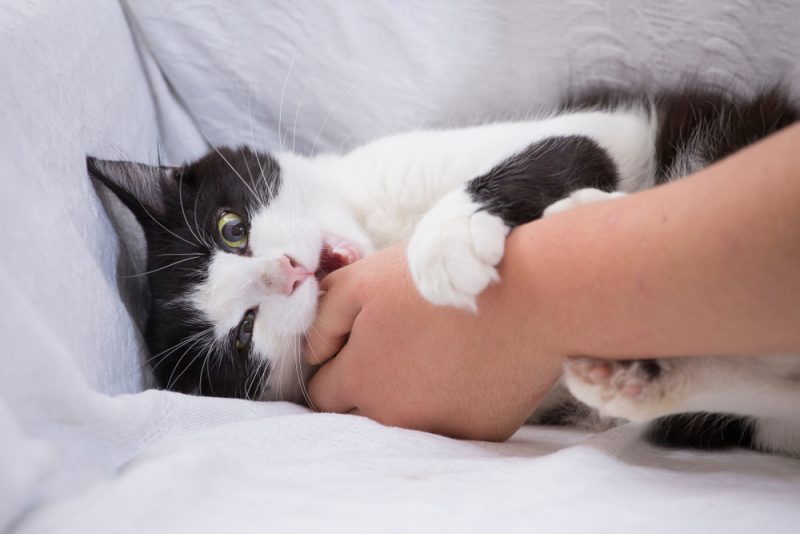In this article
View 3 More +If your cat is pregnant, you are probably worried about how you will care for her newborn kittens. There are so many things to know and learn, especially when feeding newborns and growing kittens. If your biggest question is when you can start to offer your kittens food and water, you’ve come to the right place.
When your kittens become 4 weeks old, you can slowly begin the weaning process with them, which is when you will gradually introduce food and water. In this article, we will explain when exactly kittens should start eating solid foods and drinking water and why this is a critical time for them.

What Do Newborn Kittens Eat and Drink?
Kittens need to have access to the mother’s milk whenever possible. Drinking the mother’s milk is crucial, especially in the first 12 to 24 hours of birth. The first milk contains colostrum, which contains essential antibodies that the newborn kitten will absorb at this time. It is also imperative that each kitten in the litter gets to drink some of this milk, even if the litter is large. If your kittens don’t have access to a nursing cat for some reason, you can feed them kitten milk replacement formula.
In an emergency, you can create a temporary formula 1 to feed the newborn kittens but you must get hold of kitten formula as soon as you can.
If no mother’s milk is available, you will need to feed the kittens milk replacement formula for 3 to 4 weeks. It would be best to feed them frequently, every 2 to 3 hours during the day. Contact your local shelter or consult a veterinarian for advice.
Need veterinary advice but can't get to the clinic? Catster recommends PangoVet, our online veterinary service. Talk to a vet online and get the answers and advice you need for your cat without having to leave your living room — all at an affordable price!
The Weaning Process
The weaning process usually begins when the kittens are 4 weeks old and a bit earlier if they are orphaned. The kittens may try eating the mother’s food, and she will push them away. If they are on the bottle, you’ll know they are ready for solid foods if they start chewing and biting on it. They may also not seem satisfied with their bottle feeds.
To begin the weaning process, mix wet kitten food with formula. This will allow the kitten to recognize the taste and get used to it. Put a little on their lips and let them lick it off, making it easier for kittens to search for the food. You can slowly introduce them to the bowl, but make sure they don’t lap too fast.
Around 4–6 weeks old is the perfect time for slowly transitioning entirely to solid foods, supplementing the food with formula if needed. When the kittens transition to solid food entirely, it is important to initially soak the dry food in water. As the kittens mature, you can slowly reduce the water in the dry food.
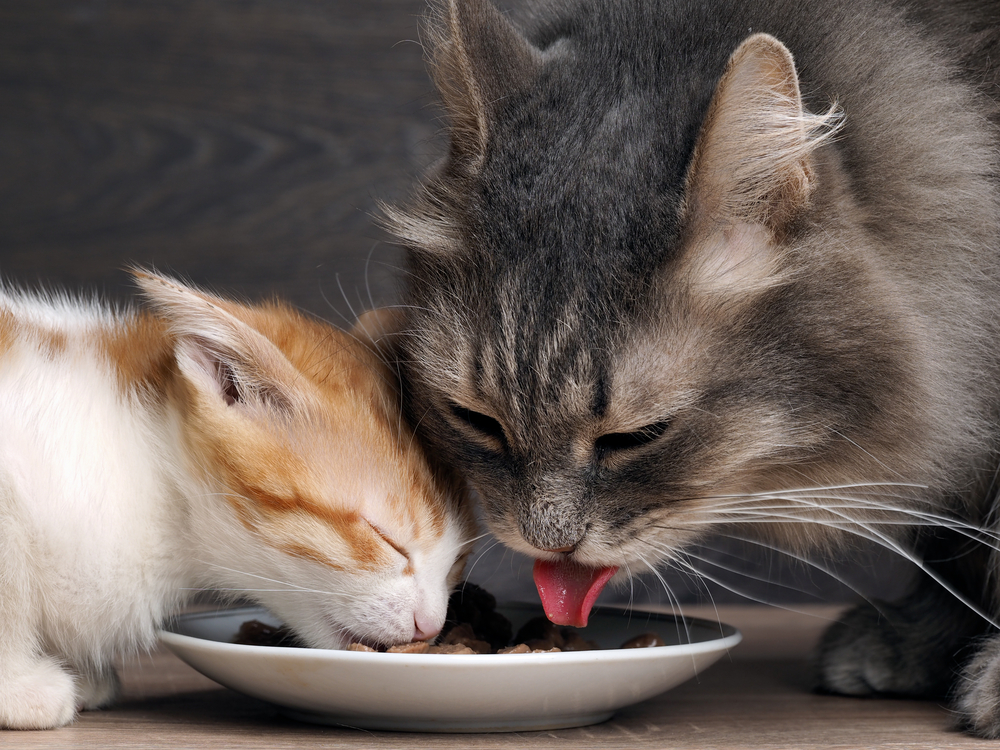

How Old Are Kittens When They Start to Drink Water?
When kittens stop nursing at around 4 weeks old, they should start eating solid food and drinking water. Kittens must start drinking water once eating solid foods because when weaned, they need more hydration. Kittens usually begin exploring and playing with water before weaning off their mothers.
By the time they are 5–6 weeks old, their primary source of water will be from the soaked kibble. Kittens aged 7–8 weeks should already have switched to eating solid foods and drinking water.
How Much Water Should Kittens Drink?
Kittens up to 3 months old should drink around 2.3 ounces of water daily. When kittens are 6 months old, they should drink half a cup of water daily. Kittens will get a lot of water through soaked kibble or wet food, so these measurements will vary a lot. The amount of water will also vary depending on the kitten’s body weight.
As the kittens become mature cats, they will slowly start drinking more water, with the recommended one cup daily for a 10-pound cat.
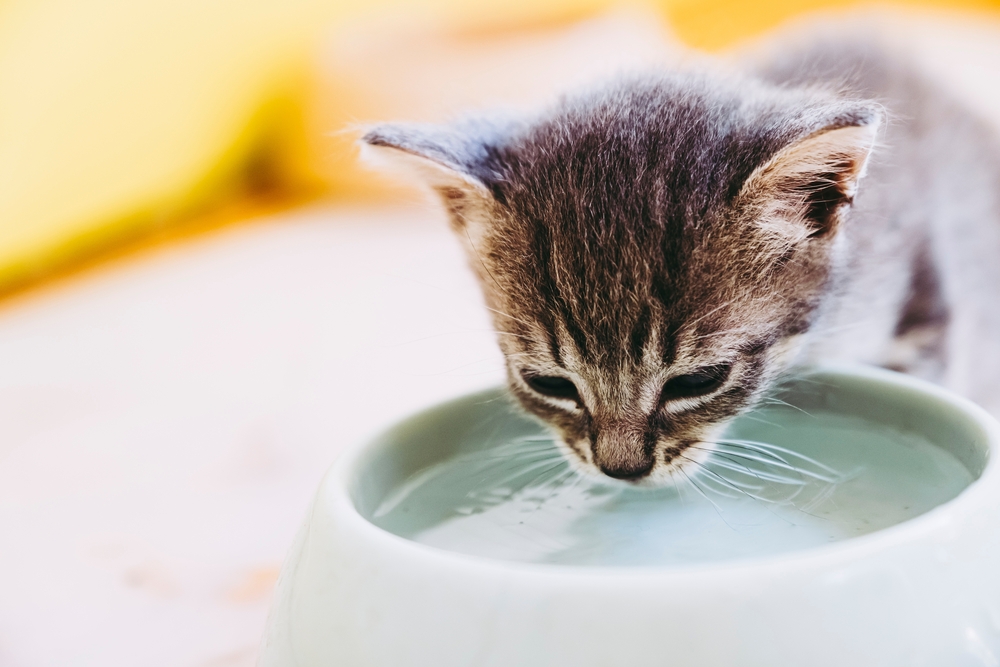

Final Thoughts
After your kitten is done with the weaning process at around 8 weeks, you can expect them to drink water and eat solid foods regularly. Firstly, they will mostly get hydration from the soaked kibble, but after they are entirely off the milk formula, they should have access to fresh water at all times.
When kittens stop drinking their mother’s milk, they will need to get proper hydration from water or they’ll become dehydrated.
Featured Image Credit: Marian Weyo, Shutterstock
